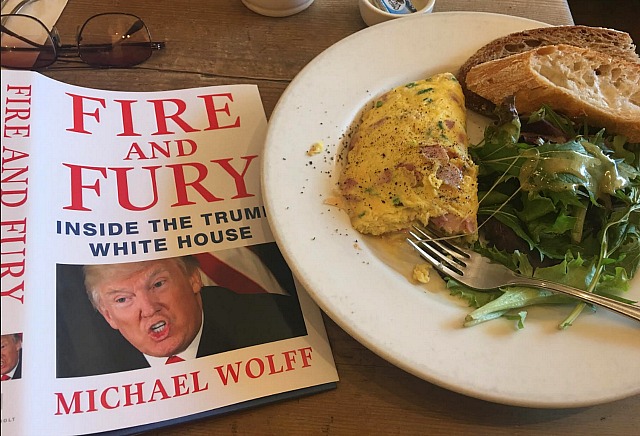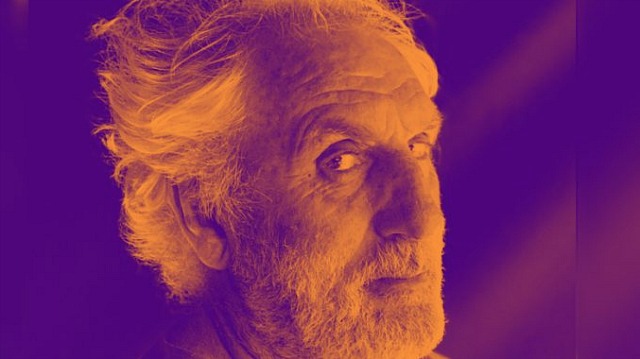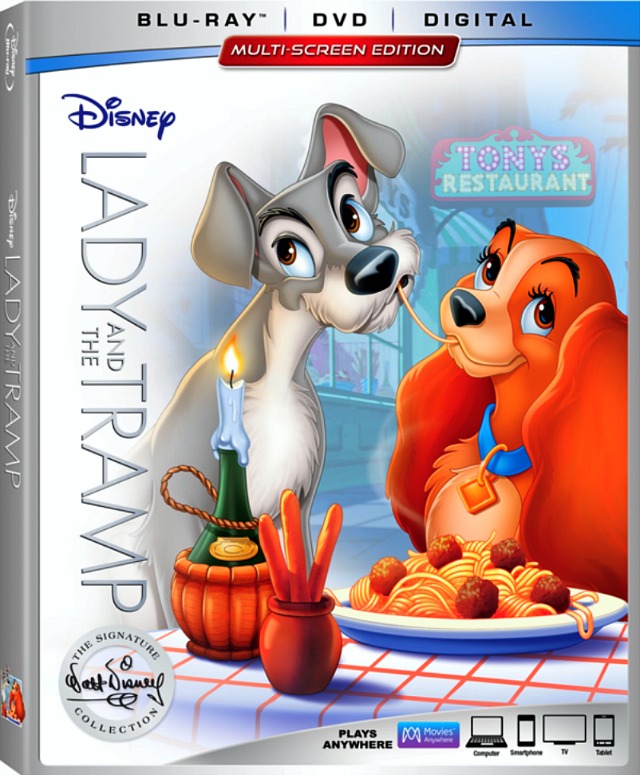Donald Trump has repeatedly demonstrated that his vocabulary is roughly that of a 15 year-old who gets poor grades. That plus his compulsive boasting bullshit is the primary reason why his patter often sounds so pathetic.
“Actually, throughout my life, my two greatest assets have been mental stability and being, like, really smart,” he tweeted early this morning. He claimed to be a “VERY successful businessman” and TV star who’d won the White House on his first attempt. “I think that would qualify as not smart, but genius…and a very stable genius at that!”

If Trump had said “unusually intuitive” instead of “like, really smart”, he wouldn’t have been half-wrong. However destructive or demonic they may be, Trump’s intuitive perceptions about political trends and tweet-currents have connected with and inflamed his dumbshit base (i.e., the lower 30%). He does seem to have an intuitive understanding of how to manipulate topics and blood-level prejudices in this particular arena.
Alas, the words “intuition” and “intuitive” didn’t occur when he tweeted the above, and now he’s once again reminded tens of millions what a true-blue moron sounds like.








